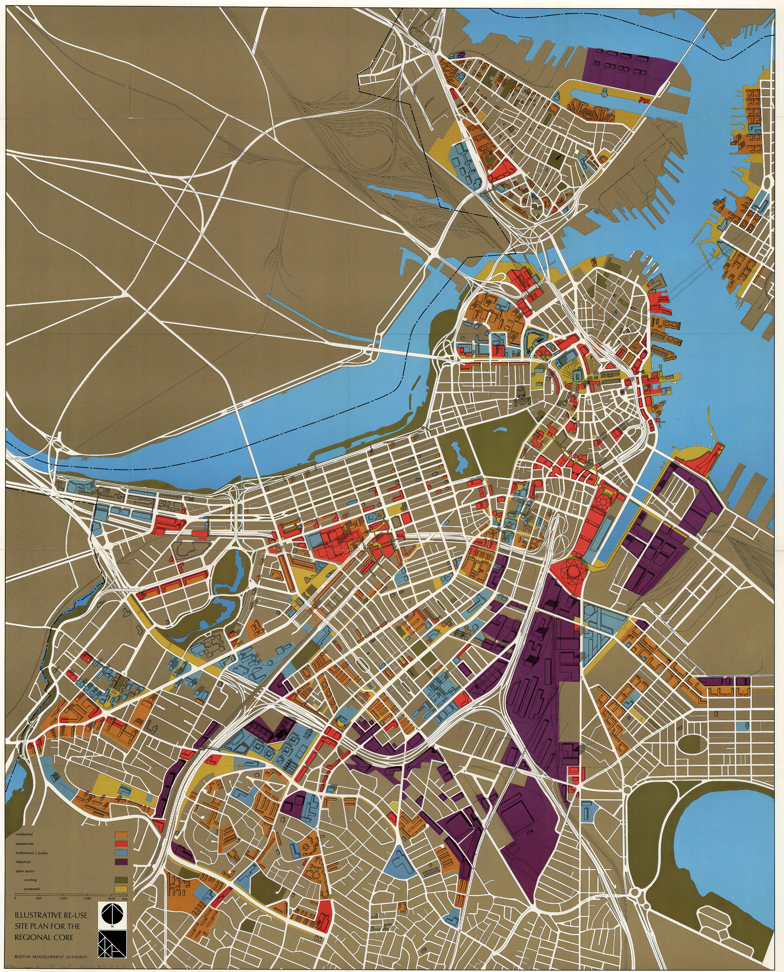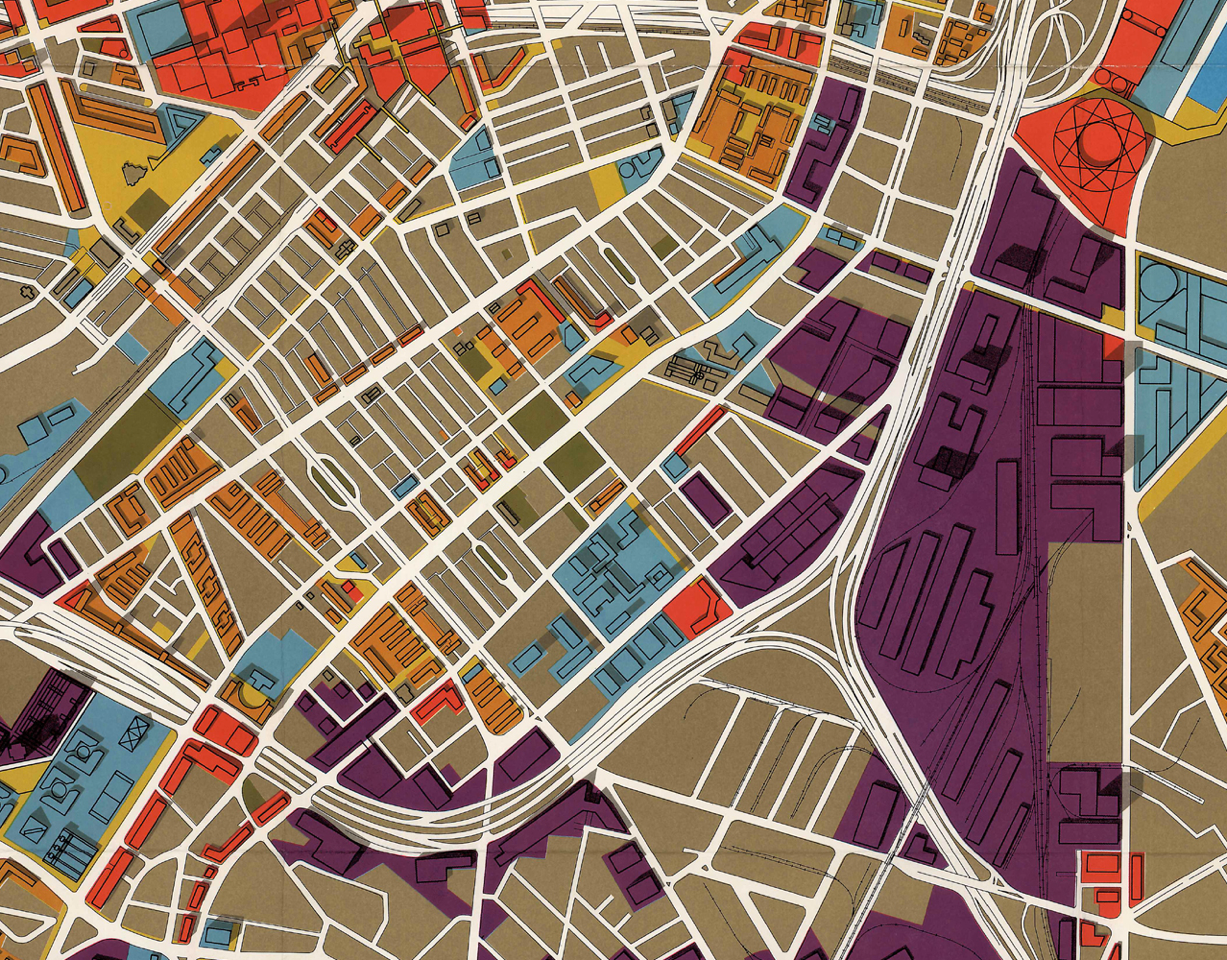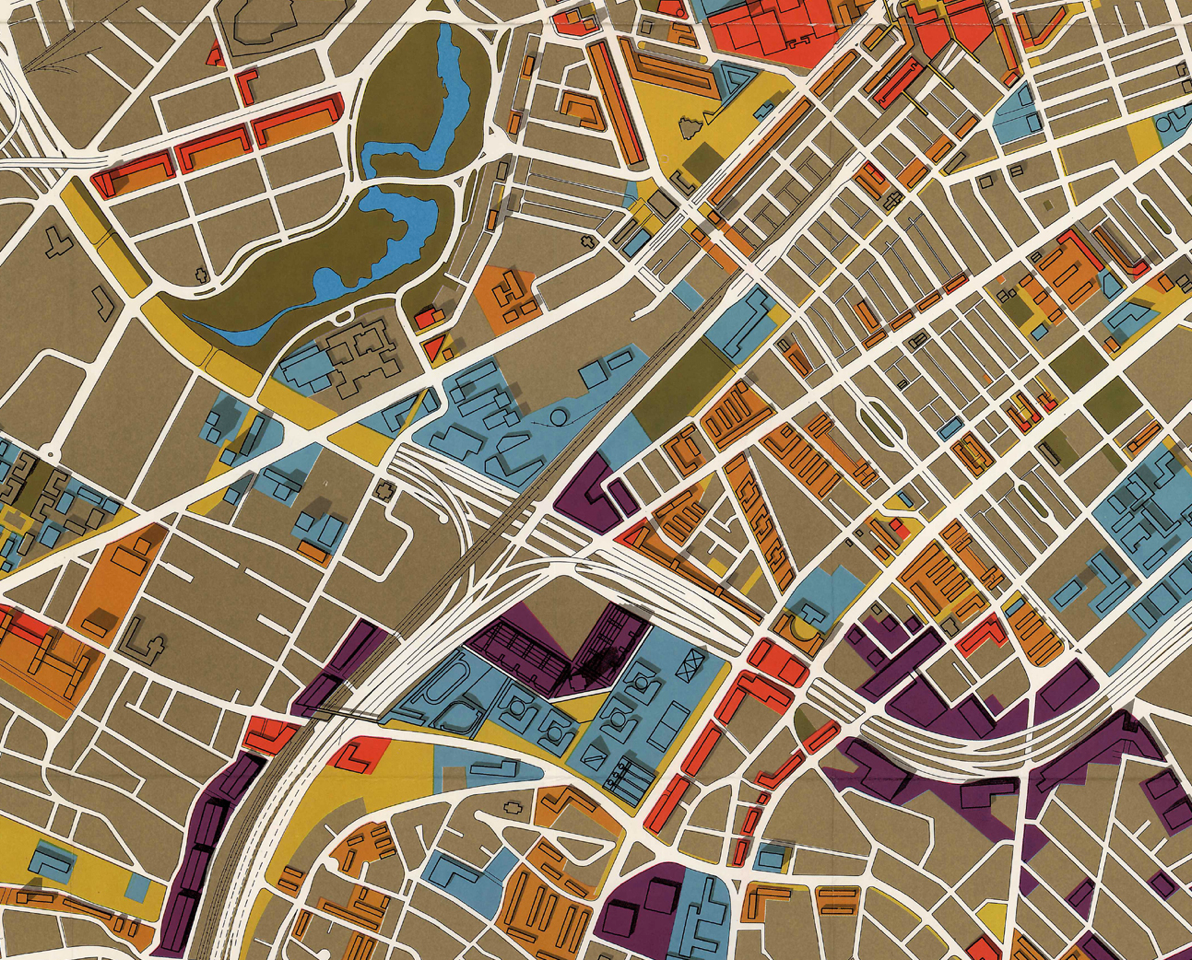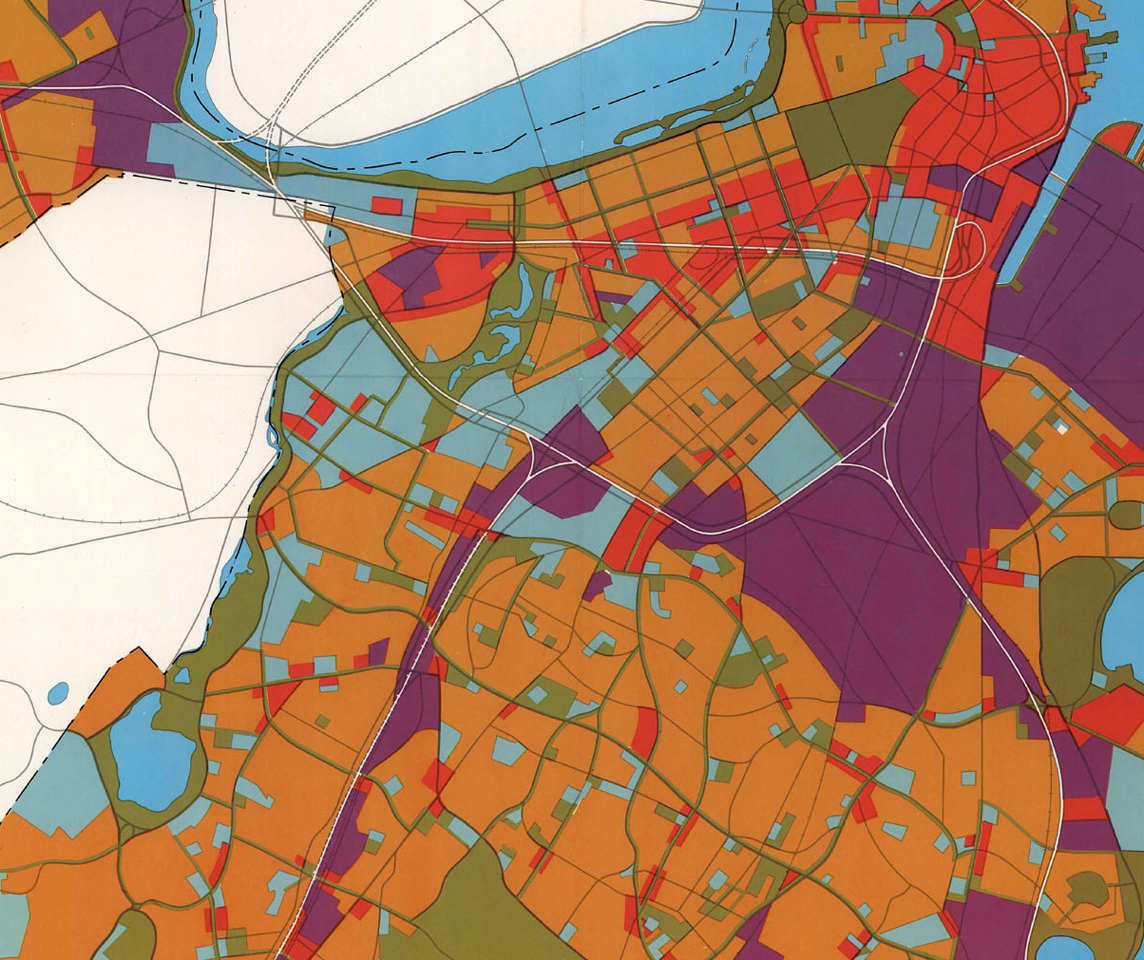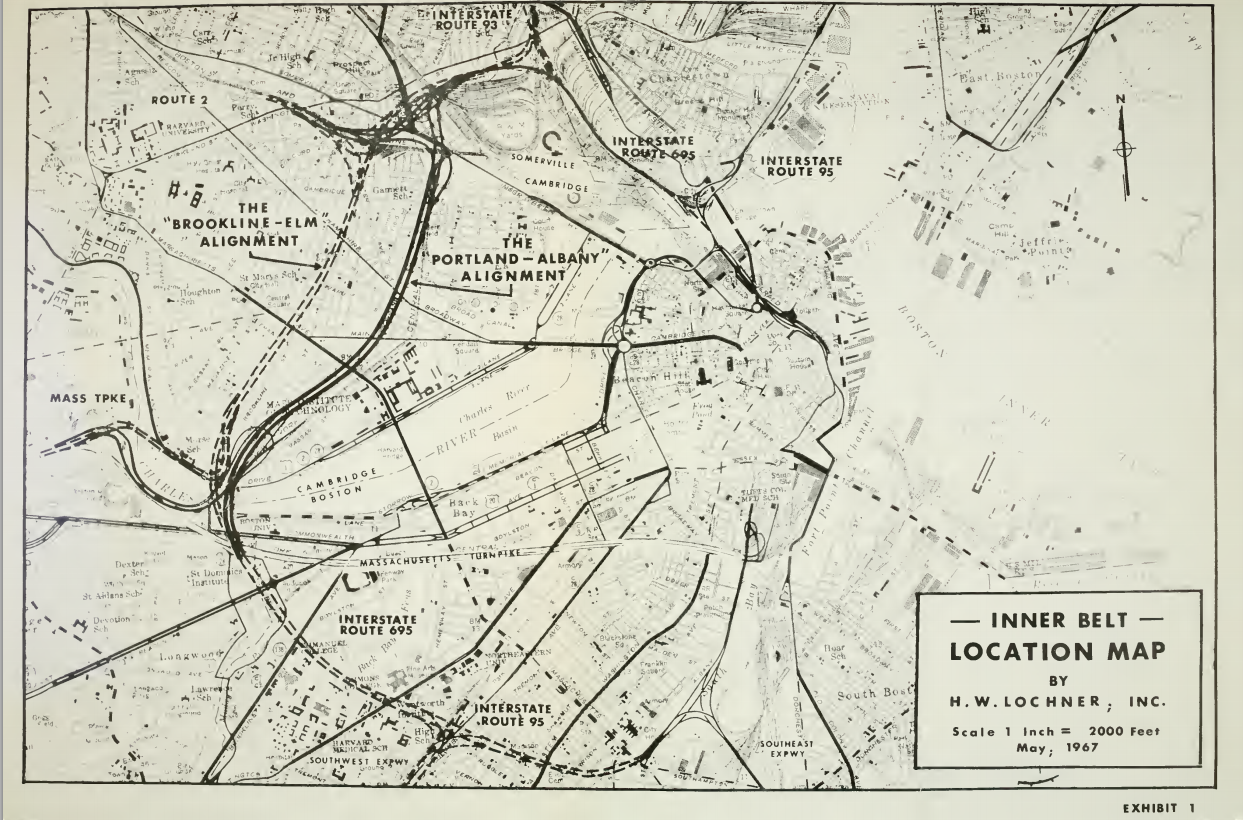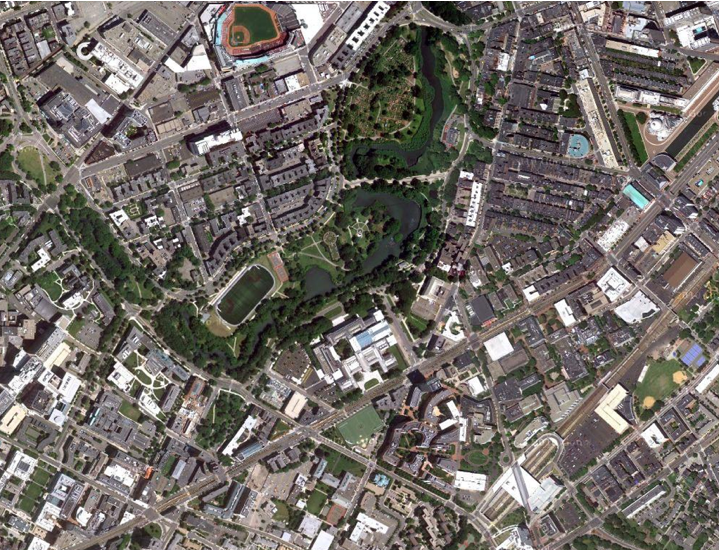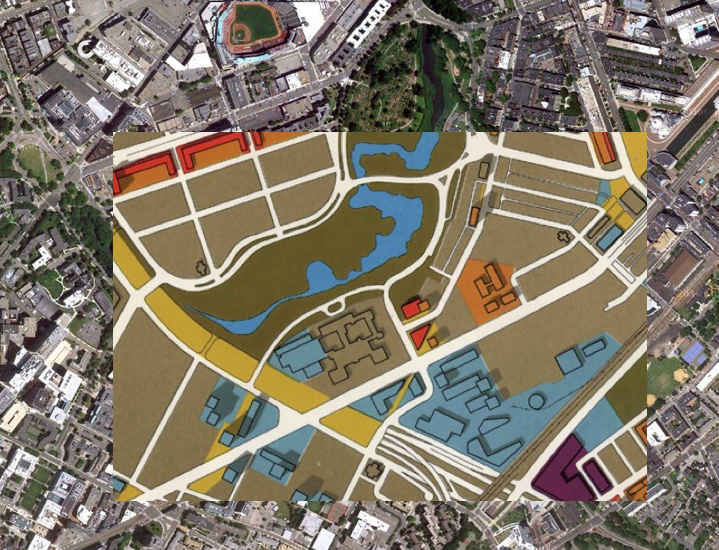Ya, I commute through North Cambridge and Belmont every day. I don't drive, but from what I see (walking/biking/on public transit) and hear from co-workers, the Route 2 interchange with route 3 and 16 at Alewife has traffic from 6:30-10:00 am, and from 2:00-8:00 pm. Most of the bad traffic is a ripple effect from that interchange (Route 2, Alewife Brook Parkway, etc).
My transit-pitch: stripe/build a bus lane on/adjacent to Route 2 from Exit 59 to Alewife. Build a park-and-ride near Exit 59 so that people can park further from Alewife and take the bus to Alewife, avoiding traffic, if they so choose.
Nah. What they need to do is build that long sought-after Fitchburg Line station at 128 & 20 right by the Polaroid complex and 70 bus terminus to replace the Weston trio of stops. Then designate that an Indigo expansion route with once-every-20 service and tap-on/tap-off transfer to Red at Porter. That's what's going to be the ultimate load reliever for Alewife garage.
As for Alewife rotary they need to make a start on some basic improvements:
#1. Widen out the 16W-to-2W onramp and demolish the WB sidewalk over the bridge for more acceleration and merge room, so the second pair of traffic lights can be eliminated entirely with total free movement to 2W from Mass Ave. and only 1 light from 16E.
#2. Re-stripe 2 from the Lexington/Arlington line to Lake St. from 8 to 6 lanes. Trade in for wider left shoulder and a little bit more grass buffer on the sides. All of that is residual from when the highway was overbuilt for the canceled Routes 2 & 3 concurrency. And it worsens the traffic at the rotary when the lane-drop to 3 lanes and all the sorting has to happen on approach to Alewife. A re-stripe would make EB traffic sorting a lot more orderly.
#3. Zap the superfluous extra EB onramps around Route 60 and Lake St. There's four of them: one off the frontage road before 60, one right after 60, another one accessible only from Lake St. WB, and the 4th one at the proper Lake St. interchange and Acorn Park Dr. WTF? I would ditch the first and third ones entirely to clean out this whole portion where the Alewife traffic starts backing up. The EB frontage road right before the 60 light is too low-traffic for the queues to be a problem, so they're fine not having that first free-movement slip ramp. The re-striping and elimination of onramp #1 lets you do a longer accel lane on ramp #2, and elimination of really really superfluous and low-traffic ramp #3 allows for a longer decel lane on the Lake St. exit ramp. Which also helps clean up a little of the mash-down on final approach.
#4. Re-shape the Lake St. EB exit ramp. Longer decel lane because onramp #3 is gone, longer ramp with improved geometry. Stick a traffic light at the bottom of the ramp for movements straight onto Acorn Park Dr. Way better than making a high-speed sharp turn off the Alewife station ramp for those who live/work there. Sign this exit as Lake St. Arlington / Acorn Park Cambridge.
#5. Make Acorn Park Dr. a one-way on the Alewife side past the small parking lot so only permitted direction is onto the Alewife station ramp; all traffic TO Acorn Park gets funneled to the modified Lake St. exit in #4. Re-shape it into a hook ramp with short merge lane on the Alewife exit ramp. If wetlands doesn't allow for it, take the driveway to Discovery Park, turn
that into the one-way hook ramp with short merge, and delete that end of Acorn Park Dr. entirely for more space on the bisected grassy parcel to put in additional buildings.
#6. Extend Cambridge Park Pl. (i.e. Alewife Station access road) through the Summer Shack parking lot--relocating the Church In Cambridge--for a new intersection aligned direct with Rindge Ave. Delete the Cambridge Park Dr. intersection. Exiting Alewife traffic now goes straight through the Cambridge Park Dr. light to the parkway, supporting a longer queue that doesn't freeze up trying to make 2 turns in a 2-block radius. Transit Police have to direct traffic there every rush hour at the station exit (including A.M. for the kiss-and-ride traffic) because that 2-light, 2 lefts movement is such a clusterfuck and so many drivers try to cheat making that left onto Cambridge Park Dr. Office buildings on Cambridge Park Dr. now requires a turn instead of going straight to the parkway...but that's far, far and away the lower-volume road so it's a much better setup to have prevailing traffic direction to/from the parkway be for the station. Parkway gets 1 light eliminated to shorten the queues both directions near the Mall and a much cleaner consolidated intersection: protected lefts all-directions, traffic-island free rights, straight access to/from Rindge (which really shouldn't take that bad a hit). And that is further helped by the shorter queues onto 2W from eliminating the second pair of lights in #1. Moreover, the 83 bus gets extended straight into Alewife station instead of fizzing out in the Russell Field parking lot.
#7. Build the Alewife-Mass Ave. busways that the T has wanted for ages. Ping more Alewife buses down those busways to loop at GLX Route 16 station, which will help take a load off the Red Line for folks who'd go downtown to transfer @ Park.
^^It's not the killshot that takes care of all the stupid curb cuts on EB right before Alewife or does the expensive flyover/flyunder onto WB from Alewife, but it's a substantial amount of low-cost improvement that solves the weaving problems from 60 to Alewife where 2E starts backing up, solves the Acorn Park Dr. access + egress problems, substantially improves the geometry on the station egress, substantially improves bus transit in the area, and whacks 2 sets of parkway lights whose mis-timings and mangled traffic flow are big contributors to the parkway backups heading all directions into the 2 rotary.
I'd implement all these before dealing with the years and years of planning required on the expensive fixes and the requisite tricky EIS'ing around the marsh wetlands.

